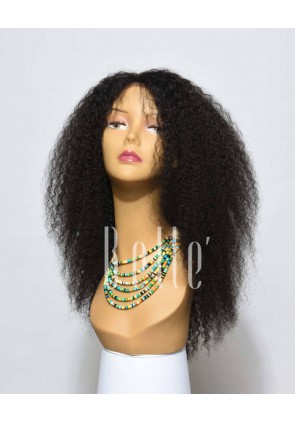Brazilian Virgin Swiss Handmade Wigs
After your hair transplant surgeon and his team has performed a meticulous and delicate procedure, it is your responsibility to take proper care of the operated site and transplanted hair to ensure your results are optimal. Transplantation is without any doubt a quite effective hair re-growth procedure, but it does not produce instant results, neither is the recovery phase that simple. Your scalp will go worse before you start noticing your desired results. Here are five most important after care tips and things to avoid after hair transplant that will help you enjoy a smooth and uneventful recovery period after surgery:Take Care of Your ScarNo matter how skilled your hair transplant surgeon is, if you have undergone strip method transplant, a certain amount of scarring at the donor site is inevitable. As you wait for the hair to grow and cover the scar at the donor area, take proper care of the scar to avoid any infection. Use antibiotics and other oral and topical medications as prescribed by your physician to reduce swelling and irritation and speed up the healing process.Hair extensions have a surprisingly long history, dating all the way back to Ancient Egypt. Cleopatra was known to wear wigs and to have human hair added to her own as a symbol of her status as queen, to which jewels and other adornments could be attached. Their popularity endured continually until the present day, with a slight dip in the 1800s when it became fashionable for women to wear their hair as simply and unadorned as possible.

-
$353.00
-
$288.00
-
$218.00
-
$222.00
-
$212.00
-
$0.00
-
$343.00
-
$284.00
-
$0.00
-
$272.00
-
$232.00
-
$232.00




























